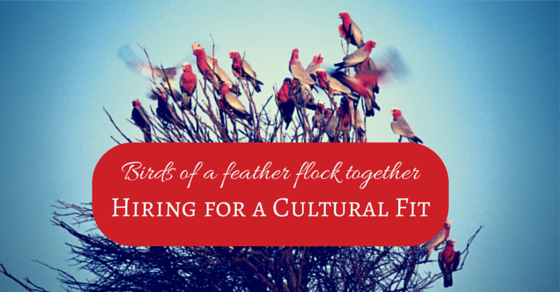

Together, our results suggest that broad measures reflecting patterns of emotionality in response to challenge, which can be assessed in infancy (but which remain relatively stable throughout life) can be usefully employed to increase the likelihood of success in pairing attempts. Whats the meaning of the phrase Birds of a feather flock together Those of similar taste congregate in groups. In contrast, among males, success was higher when the pair had lower mean values for Gentle and Nervous temperament scores when the members were younger when pairs had a greater weight difference and when they came from the same rearing background.

While people do mature and change, those who share the same core beliefs about what is good, true, and beautiful in life really do flock together. People of the same (usually, unscrupulous) character associate with one another, as do birds of the same species. The Birds are back in business BIRDS of a feather flock together- especially when Christian Moullec's microlight takes off. Among females, success was higher when members of a pair were more similar (i.e., a smaller difference scores) in patterns of emotional responding (Emotionality, Nervous temperament) during the infant assessments. It’s an old adage that my Southern mom drilled into my head as a teenager, and in my midlife, I can say it has served me well. BIRDS of a feather flock together- quite literally it turns out in the case of the three stars who are touring a stage version of the BBC's hit sitcom heading for Liverpool.

Logistic regression was used to identify potential predictors of success when animals were paired up to 10 years after the behavioral assessments. Behavioral responses to a brief separation and relocation, to a human intruder challenge, as well as ratings of temperament, were obtained from rhesus monkeys at 3-4 months of age. Using a database of n = 340 isosexual pairing attempts, we report that measures associated with responses to a standardized infant assessment protocol (the BioBehavioral Assessment program) predict success in pairing attempts that occurred years later. Unfortunately, there are few published papers that identify individual characteristics that might facilitate the social pairing process, and those that have looked at pre-pairing measures of behavior have produced mixed results. The growing recognition that social needs of primates in captivity must be addressed can present challenges to staff at primate facilities charged with implementing pair-housing solutions for animals.


 0 kommentar(er)
0 kommentar(er)
